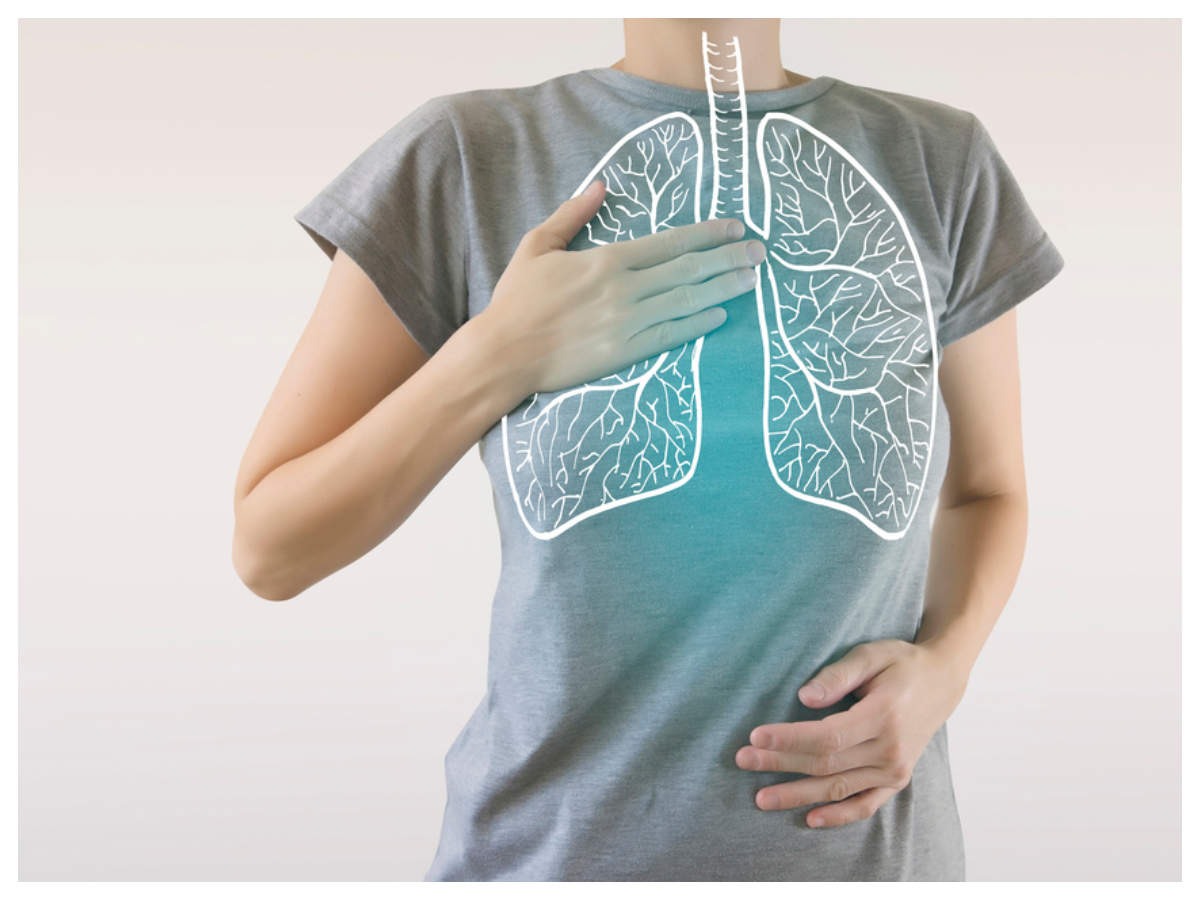
Ludhiana: There has been a significant decrease in nitrogen dioxide concentration by 40%-50% as analysed by the Punjab Remote Sensing Centre, Ludhiana.
Covid-19 has stalled the climate change momentum in the state as the emissions have fallen, which were witnessed by Copernicus Sentinel-5P satellite images. The analytical data has been collected from March 1 to March 22 (the first day of the curfew) and then till date.
The remote sensing centre has compared the same time frame as of last year over major cities across Punjab, including Amritsar, Jalandhar, Ludhiana and Bathinda having higher range of nitrogen dioxide. The scientists have found the variable effect of curfew on ozone concentration in Punjab as well. They have found an increase of 5% in ozone concentration on April 3 as compared with the ozone concentration a month before.
Senior scientist at the Punjab Remote Sensing Centre, Ludhiana, Raj Setia commented, “Our atmosphere is a dynamic mixture of gases that envelop the earth and the concentration of atmospheric gases changes rapidly on spatial and temporal scale. The increased surface ozone concentrations have resulted from increased UV radiation, which could photolysis more nitrogen dioxide into nitric oxide and consequently increase ozone formation.”
Anush Kumar, research scientist at the same organisation, added, “Nitrogen dioxide is a chemical produced from power plants, vehicles and industrial activity, which can be harmful to human health, particularly as far as respiratory issues are concerned. Variable weather conditions make it difficult to determine the exact cause of a drop in nitrogen dioxide levels over a short period of time.”
Brijendra Pateriya, director, Punjab Remote Sensing Centre, commented, “The analysis of satellite images showed that the effect of curfew on averaged concentration of atmospheric gases was prominent in urban areas than rural pockets. During the curfew period, decrease in concentration of averaged nitrogen dioxide was higher over the major cities of Punjab like Ludhiana, Amritsar and Jalandhar.”
Let’s cycle back to normalcy
Dr Ashvind Bawa, associate professor and consultant surgeon, Dayanand Medical College and Hospital (DMCH) said, “The lockdown has been a revelation in terms of how clean our Ludhiana can get. The city’s reputation is that of an industrial hub and as one of the most polluted cities anywhere in the world. I have been thinking, what if we could all cycle back to normalcy. The air will be cleaner, traffic will be lesser and above all we will be healthier. This is what we are looking for, protecting our lungs and ways to make them stronger. The administration should start a campaign #humfittohindiafit for promoting cycling and it is the perfect time for everyone to introspect and work on this principle.”
Covid-19 has stalled the climate change momentum in the state as the emissions have fallen, which were witnessed by Copernicus Sentinel-5P satellite images. The analytical data has been collected from March 1 to March 22 (the first day of the curfew) and then till date.
The remote sensing centre has compared the same time frame as of last year over major cities across Punjab, including Amritsar, Jalandhar, Ludhiana and Bathinda having higher range of nitrogen dioxide. The scientists have found the variable effect of curfew on ozone concentration in Punjab as well. They have found an increase of 5% in ozone concentration on April 3 as compared with the ozone concentration a month before.
Senior scientist at the Punjab Remote Sensing Centre, Ludhiana, Raj Setia commented, “Our atmosphere is a dynamic mixture of gases that envelop the earth and the concentration of atmospheric gases changes rapidly on spatial and temporal scale. The increased surface ozone concentrations have resulted from increased UV radiation, which could photolysis more nitrogen dioxide into nitric oxide and consequently increase ozone formation.”
Anush Kumar, research scientist at the same organisation, added, “Nitrogen dioxide is a chemical produced from power plants, vehicles and industrial activity, which can be harmful to human health, particularly as far as respiratory issues are concerned. Variable weather conditions make it difficult to determine the exact cause of a drop in nitrogen dioxide levels over a short period of time.”
Brijendra Pateriya, director, Punjab Remote Sensing Centre, commented, “The analysis of satellite images showed that the effect of curfew on averaged concentration of atmospheric gases was prominent in urban areas than rural pockets. During the curfew period, decrease in concentration of averaged nitrogen dioxide was higher over the major cities of Punjab like Ludhiana, Amritsar and Jalandhar.”
Let’s cycle back to normalcy
Dr Ashvind Bawa, associate professor and consultant surgeon, Dayanand Medical College and Hospital (DMCH) said, “The lockdown has been a revelation in terms of how clean our Ludhiana can get. The city’s reputation is that of an industrial hub and as one of the most polluted cities anywhere in the world. I have been thinking, what if we could all cycle back to normalcy. The air will be cleaner, traffic will be lesser and above all we will be healthier. This is what we are looking for, protecting our lungs and ways to make them stronger. The administration should start a campaign #humfittohindiafit for promoting cycling and it is the perfect time for everyone to introspect and work on this principle.”
Quick Links
Kerala Coronavirus Helpline NumberHaryana Coronavirus Helpline NumberUP Coronavirus Helpline NumberBareilly NewsBhopal NewsCoronavirus in DelhiCoronavirus in HyderabadCoronavirus in IndiaCoronavirus symptomsCoronavirusRajasthan Coronavirus Helpline NumberAditya ThackerayShiv SenaFire in MumbaiAP Coronavirus Helpline NumberArvind KejriwalJammu Kashmir Coronavirus Helpline NumberSrinagar encounter
Get the app








